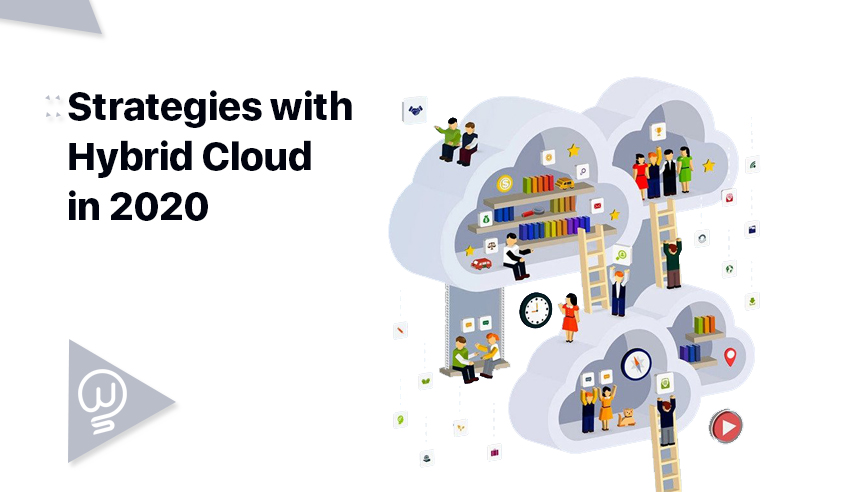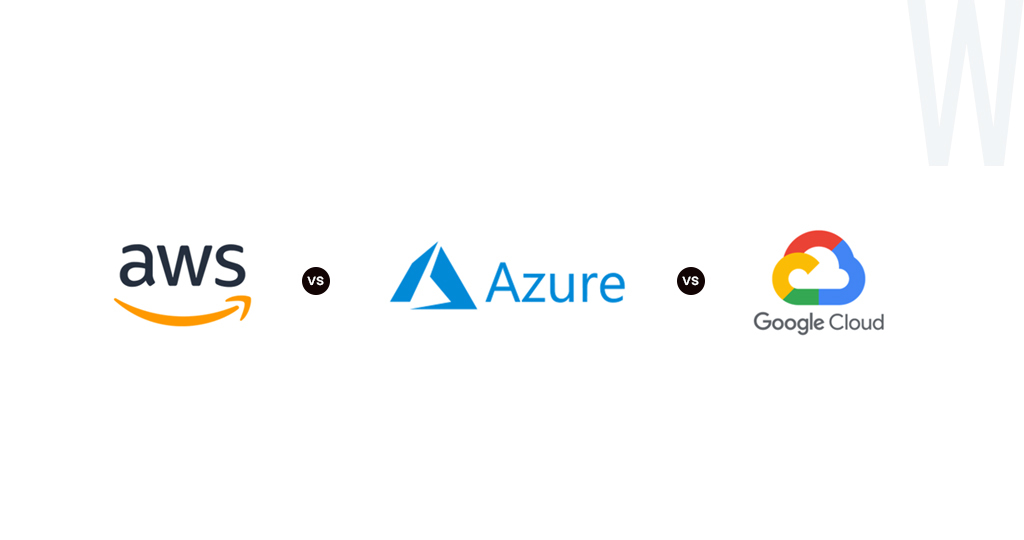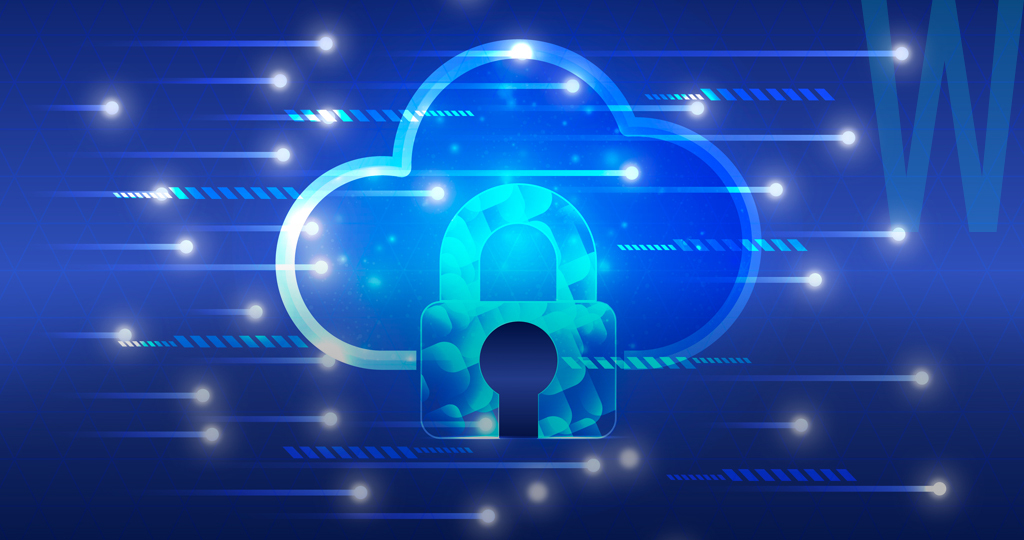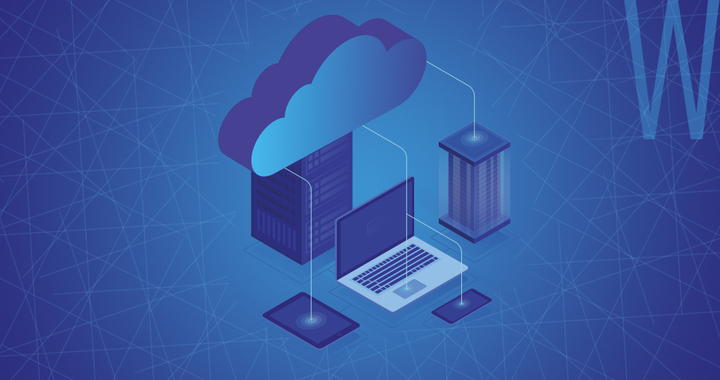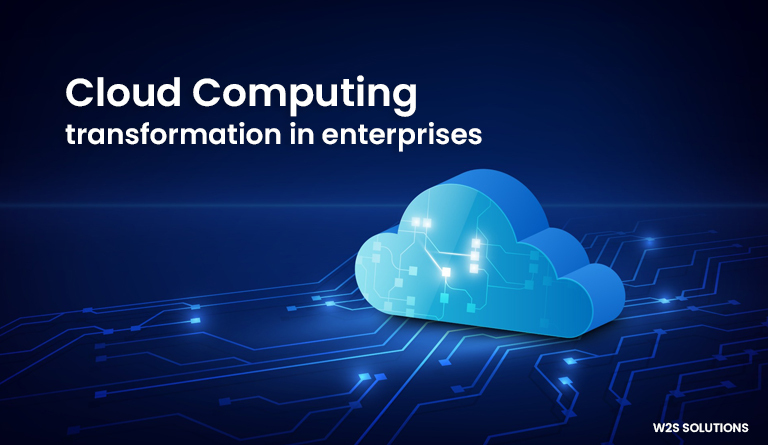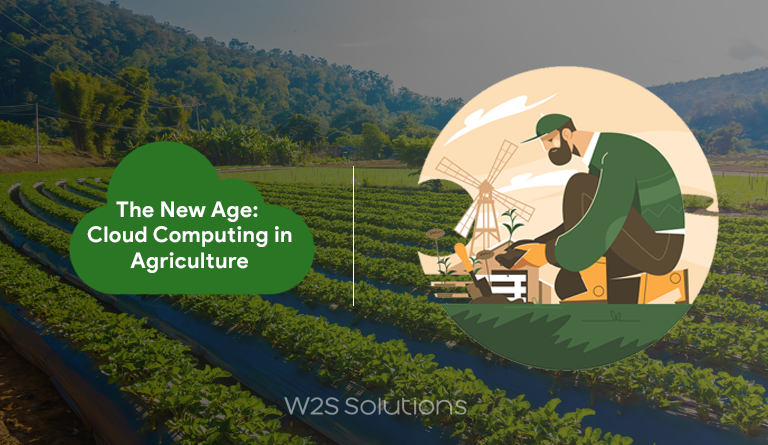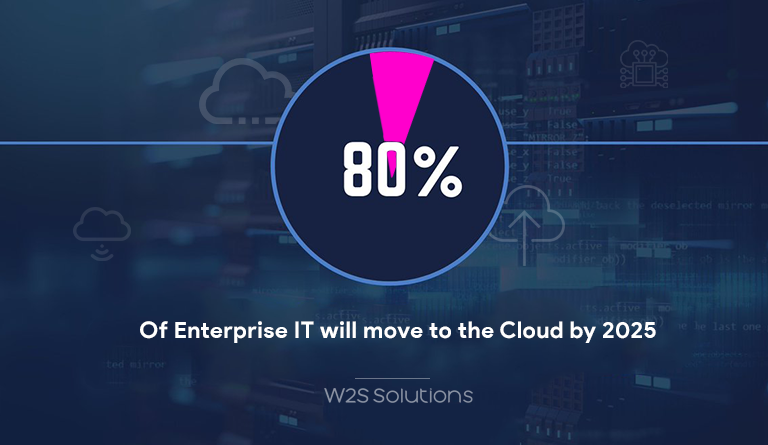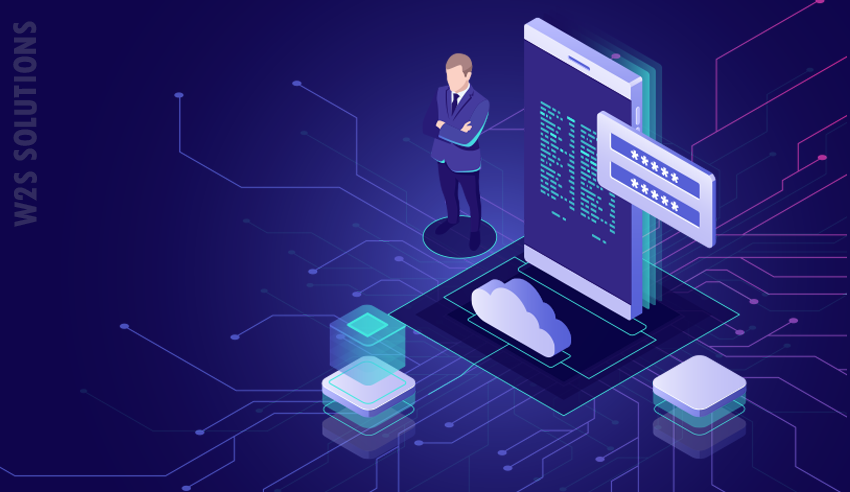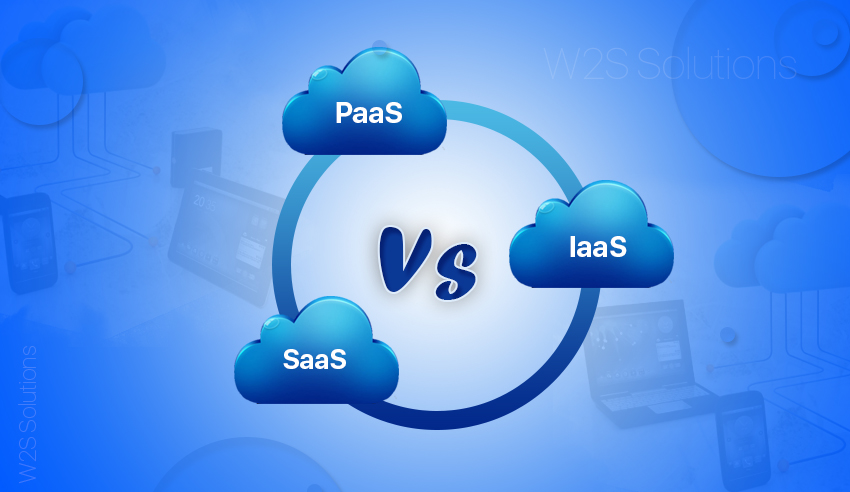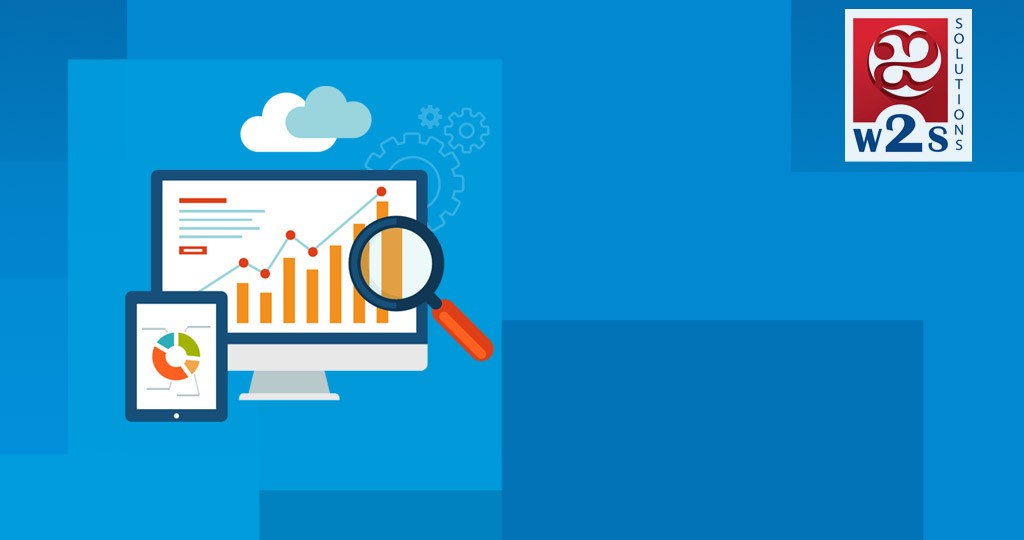Hybrid cloud scenario in 2019
According to 451 Research, approximately 69% of companies will be using hybrid cloud architecture for IT resources by the end of 2019. The industry is looking at an opportunistic approach for technology business, the scope of improvement, and various other aspects that can be influenced by specific hybrid cloud architecture.
What is cloud computing?
Cloud computing is the concept of rendering computational, storage, and infrastructural services for high-level computing and deployment needs in a real-time business environment. It generally takes micro-retail payment model for customer companies to pay as they use services on a cloud computing platform.
What is hybrid cloud computing?
Hybrid cloud computing is a specific concept where all the IT resources are run, deployed, and managed on a combination of on-premise and third-party cloud computing services. It is a newly rising concept that surfaces in the technology industry. It is mainly because of the requirement of computationally intensive operations due to AI, machine learning, and high-capacity storage backed up by reliable computing services.
Hybrid cloud strategies for mobile app management
- Core in-house deployment, rest outsourced on third-party cloud
- Mobile app analytics in-house, database outsourced on third-party cloud
- Encryption in-house, security routines external cloud
- Core MVP in-house, massive functionalities on external cloud
- Local testing servers in-house, main production platform externality
- UI/UX development deployed in-house, heavy multimedia graphics on external storage
- Complete code repository on GitHub, nothing in-house
Easily-to-implement strategies with hybrid clouds
Company data management
Company data includes all the real-time information and digitally created data along with the internal business processes of a company. It also provides day-to-day working, communication, and intellectual resources that dynamically come into the picture at various points in time during a business calendar. You can strategically build a hybrid cloud protocol for internal technology resource management.
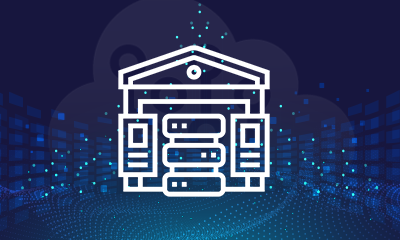
You may systematically dump all the accounting documents, past project resources, and company business records on a third-party cloud computing storage platform. While you keep your existing day-to-day resources at the hand-stretch of your own, provide cloud computing system. It is like creating a cache structure with a combination of on-premise cloud computing infrastructure and putting the rest of the resources on permanent storage, i.e., the third-party cloud computing storage platform. You can handpick all the data which you need to retrieve, edit, and update very frequently to be stored on the on-premise cloud. The rest goes on to third-party cloud computing system.
AI/ML requirements
One of the most significant bottlenecks in using artificial intelligence or deploying machine learning algorithms is the requirement of high and computational ability and processing units at the client-side of your cloud infrastructure. If you put up all your data and AI/ML resources on a third-party cloud platform, they are of no use because the ultimate computation happens on-the-edge. High computational ability is required on the systems that are used by developers, data scientists, and product analyst for various computationally intensive tasks.
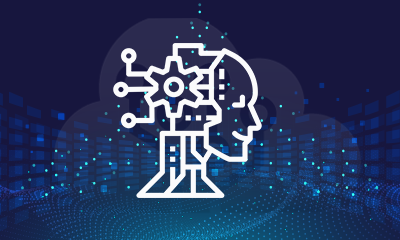
You can strategically solve the problem by building an in-house, on-premise cloud infrastructure that lets you empower the in-house IT resources with high computational ability. Ample storage with secure retrieving capabilities achieving low turnaround time on third party cloud. While you put all your current database and AI/ML software on the on-premise system, the rest of it can rest back on the third-party platform.
Big data platforms
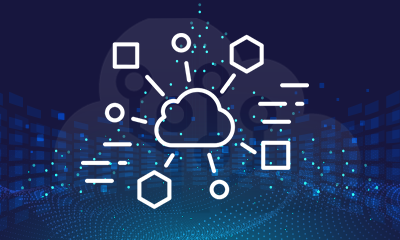
Big data analytics is extensively used in the technology business for business intelligence and customer behavior analytics for higher personalization. It is one of the general use of services in the present day. Big data analytics environments like Tableau, PowerBI, and Hadoop require the extremely high computational ability on end computing machines. The connected database may be stored in the third-party cloud.
Deployment/orchestration routines
Companies can also strategically orchestrate the deployment containers on a specific cloud come beating platform. It is possible to strategically transfer a few computationally intensive microservices (from the entire bag of application software) to third-party cloud computing resources and storage. You can decide to keep the core applications on the on-premise deployment environment.
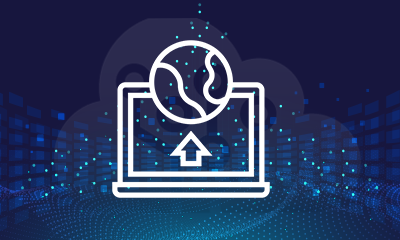
Users may take a deep dive into a particular use case-specific user journey. If that microservice is used, APIs can hit the calls on third-party clouds to fetch the data and info relayed on the mobile and web app. In case, a user makes use of the application in a way that doesn’t require high-end functionalities like processing or AR/VR content retrieval to come into play. There is no load on the third-party cloud, otherwise.
Another way of strategizing your hybrid cloud infrastructure is to orchestrate several containers of the deployment of your services with conditions on application load capacity. For instance, if the complete mobile app is concurrently hosting over one lac users at a time. The surplus of users from here on will be diverted to the same instance of external deployment on the third-party cloud. When the number is dynamically lowered down, the default services underuse remain the on-premise resources.
You can strategize the deployment of resources in a hybrid cloud environment based on:
- Average of dynamic load on various services
- Desired turnaround time
- Permissible response time
- Amount of data transfer
- Computation required
Microservice dedicated needs
Depending upon the technology in use and the relay of information during the user journey can also help you decide whether you should strategize the deployment of on-premise resources or third-party cloud computing platforms. For instance, if you have an alienated third-party functionality or product integrated with your platform. You may choose to deploy across third-party cloud computing resources in an isolated environment just bridging it with mobile applications whenever required. Else, the in-house services can be operated by a permanent DevOps official team, which will help to reduce cost and troubleshoot at the 11th hour.
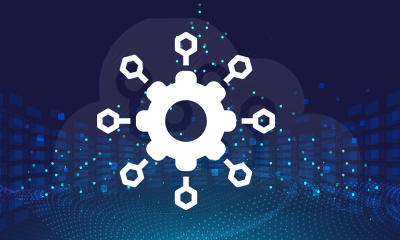
Let us take an example of an e-commerce website that focuses on selling fashion products. It has a general combination of a cart and product which people can seamlessly browse through. All the internal database and deployment infrastructure can be deployed in-house. While the AR/VR kit or the augmented reality functionality (that lets users virtually try these products) can be easily deployed on a third-party cloud computing platform.
It is beneficial because it helps you gain third-party assistance as it is deployed on an external server. Troubleshooting and managing search functionalities become more comfortable because you know where the fault exactly resides. The load exerted per user due to computationally intensive AR/VR functionalities is high, and you eliminate the hassle of building in-house.
Read Also – A Guide to Digital Transformation and Cloud Migration
Benefits of strategic hybrid cloud deployment
Higher fault-tolerance
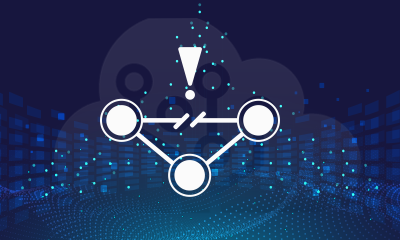
Strategy implementation of hybrid cloud lets you deploy microservices assets of in-house and third-party cloud service. It will improve the overall performance of a mobile app because whenever functionality malfunctions or there are defects in the code, the rest of the mobile app functions as it should. The scope of fault due to a particular breakdown is expected to be all interconnected functionalities either on the native cloud platform or the external third-party service.
If there is a fault in the in-house resources, the externally deployed resources remain unaffected and vice versa.
Easier troubleshooting
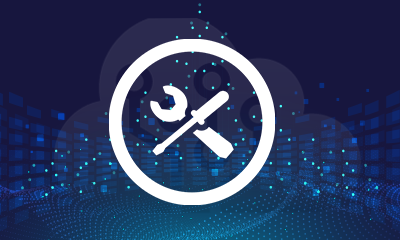
It is essential to have shopped from shooting capabilities to save your products from running the overall user experience for anyone on board. You can quickly troubleshoot if there are a clear bifurcation and localization of all the faults which may have occurred. Subsequently, the focus remains on the internal resources and related dependencies, or you can focus on what has been stored and deployed on the external service. It reduces overall troubleshooting time and helps you improve the general condition as well.
Cost-effectiveness
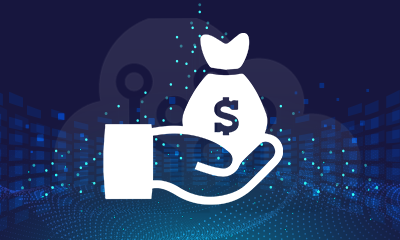
Easier troubleshooting and more effective DevOps with direct efforts help in reducing the overall requirement of human resources for continuous management off mobile apps and web resources. It is generally considered that 20% of the total development cost has to be spent annually on IT resources for streamline management and performance-oriented DevOps. Strategically using a hybrid cloud infrastructure also brings this figure of 20% down to a certain extent.
Simpler DevOps approach
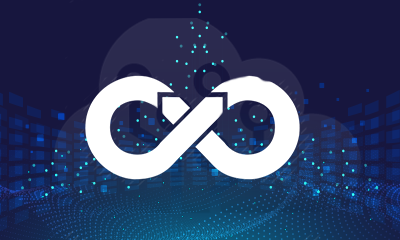
Development application management is generally more comfortable with continuous deployment. But it can become a hassle with non-optimized dependencies and various reasons for fault occurrence. Systematically managing the applications with a hybrid cloud strategy enable companies to take a more straightforward DevOps approach.
Clearer future development roadmap
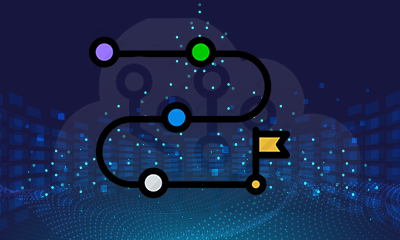
A clear-cut insight into the existing digital platform infrastructure makes it easy to cover the roadmap for future development. It facilitates innovation in terms of customer-centric functionalities that will eventually help you market a mobile app in a better way. Strategically using hybrid cloud infrastructure has deep-rooted benefits that ran down the spine of all digital platforms; right from development till the engagement and marketing face.
Conclusion
Strategic use of hybrid cloud infrastructure has its own technical, technological, and perpetually growing maintenance liabilities. It is important to note that merely signing up for a hybrid technology doesn’t ensure success for any digital resource/platform. It must be an end-to-end effort that comprehensively benefits the users and creates a better user experience overall. Leading mobile app development companies USA and the development fraternity are quickly adopting hybrid cloud architecture for better performance, more feasibility in terms of development, cost, and higher client satisfaction with every project.
